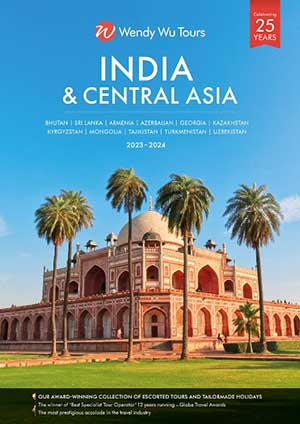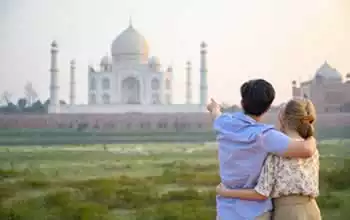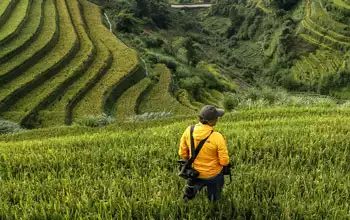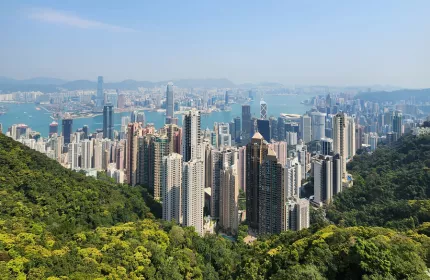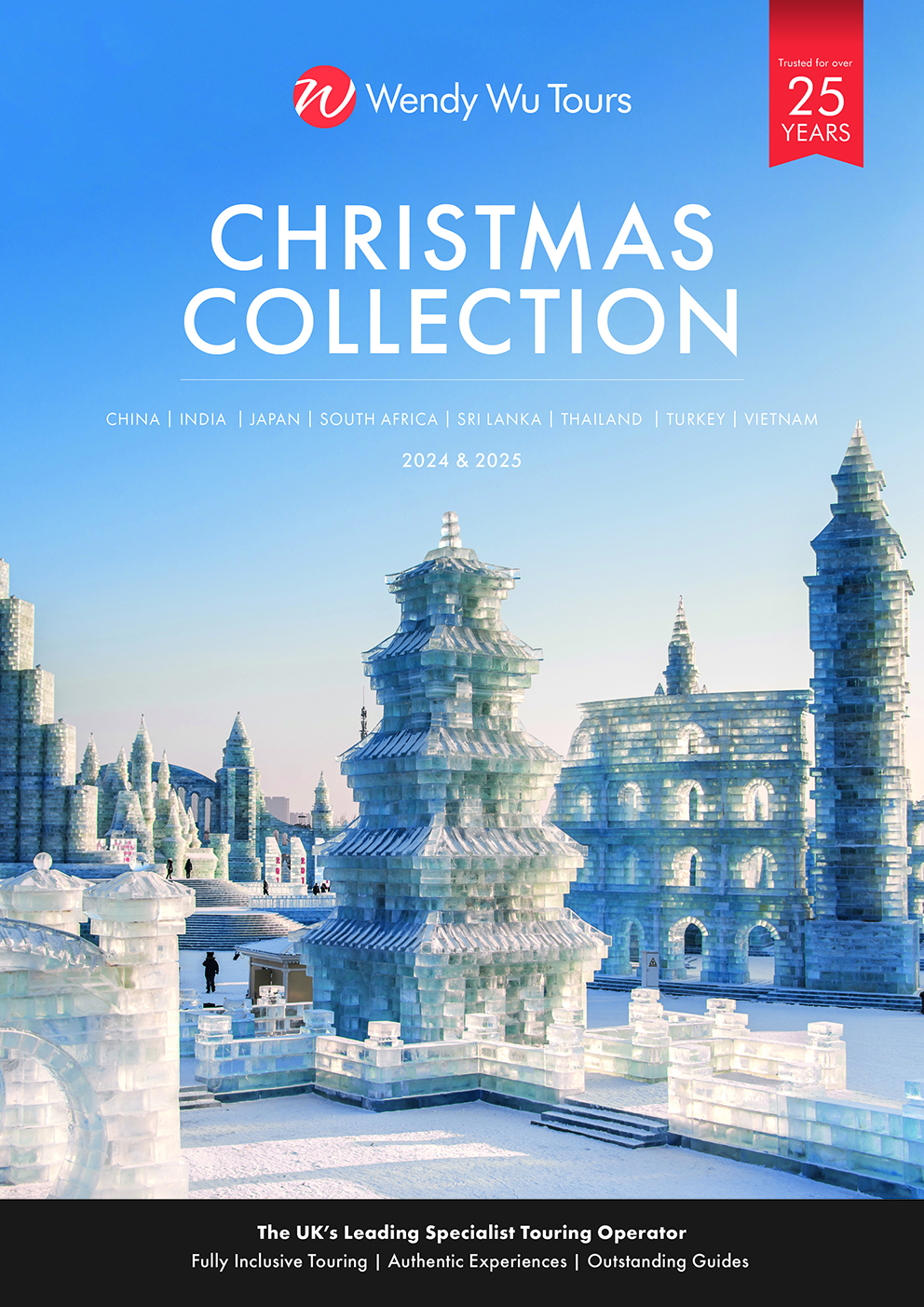Covering over 4,000 miles and traversing more than 40 countries, the legends of the Silk Road have achieved an almost mythical status.
From the tales of Marco Polo’s years spent travelling from west to east and Genghis Khan’s attempts at conquering this coveted trading route, to the fatal transit of the Black Death along its roads, the Silk Road harbours a compelling collection of intriguing tales.
Some of the greatest minds in history exchanged ideas in the legendary trading posts and caravanserais that later became powerful modern-day cities, and the long-lasting influence that the Silk Road had on global politics can never be underestimated. Yet its decline in the 15th century happened relatively quickly as Europeans sought to trade with the New World and the Ottoman Empire extended its reach.
Explore the rise and fall of this ancient highway, meet some of its most famous travellers and discover the remarkable influence the route would exert over the world.
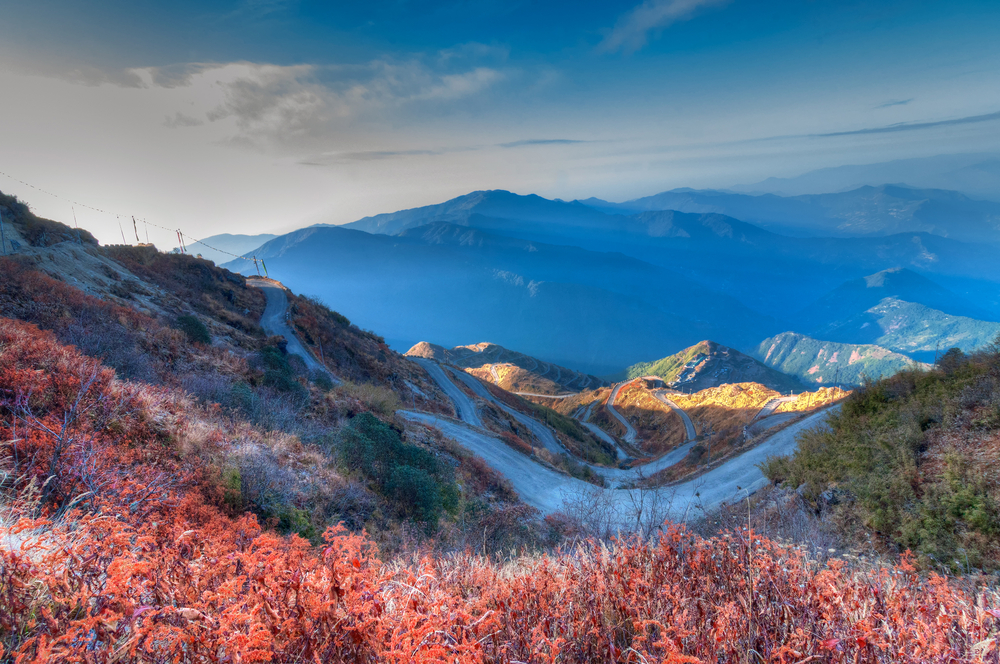
The old Silk Road winding through the mountains between India and China
Silk Road history
The first significant link between east and west, the Silk Road isn’t actually a single road, but a network of routes used by traders to transport goods, ideas and curious travellers from east to west and vice versa. The route was initially established when China’s Han Dynasty officially opened trade with the west in 130 BC in response to demand for Chinese silk.
Travelling the Silk Road in its heyday was not for the faint-hearted. The road cut through some of the wildest places on earth, crossing the Gobi Desert and climbing over the Pamir Mountains. There were no governments to maintain the route, so the roads were often in poor condition, and robbers were common. To protect themselves, traders formed large caravans of camels, relaying goods along the Silk Road. Over time large inns known as caravanserais cropped up to provide safe shelter for travelling merchants and their animals.
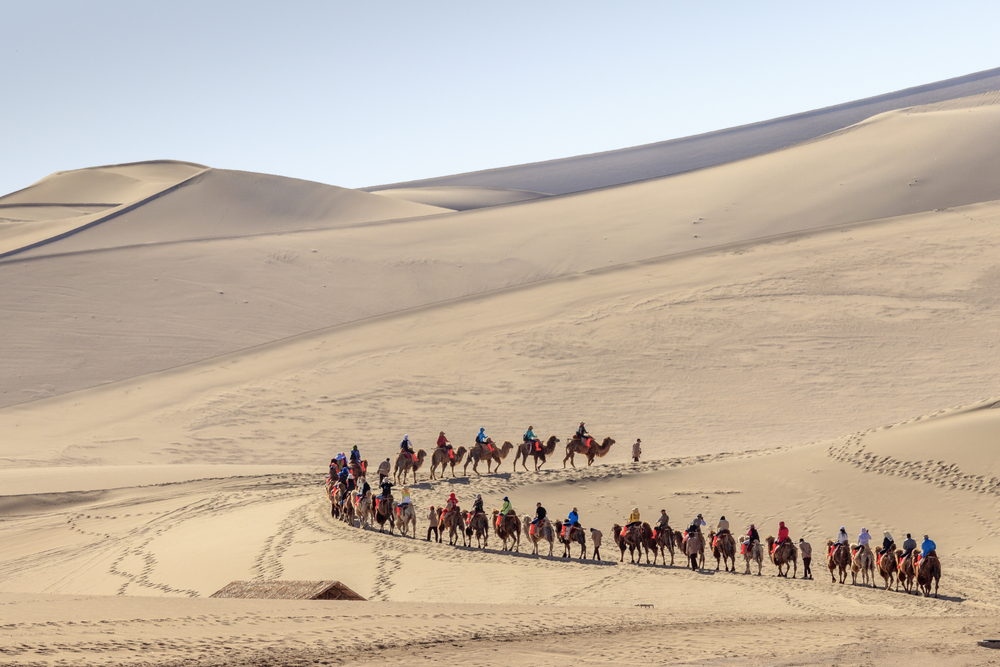
Caravan of camels passing along the old Silk Road in the Gobi Desert
Marco Polo
Arguably the most famous European to have journeyed the full length of the Silk Road is the legendary explorer, Marco Polo. As a young merchant, Polo set out on his journey to China in 1271 and would stay on the Silk Road for a further 24 years. During this time, Kublai Khan, the would-be founder of China’s Yuan dynasty developed an interest in Polo and his adventures. It’s said that Kublai Khan eventually appointed Polo to one of the highest posts within his administration.
Upon returning to his hometown of Venice in 1295, Marco Polo was captured as a prisoner of war. During his imprisonment, he told stories of his travels to an inmate who helped Polo write the book for which he become famous, ‘The Travels of Marco Polo’.
Buddhism, paper and gunpowder
Although it was named after the Chinese silk that inspired its foundation, the Silk Route was used to trade a huge variety of goods, in both directions. Fruits, vegetables, livestock, grain, leather, spices and precious stones were just a few of the profitable items that made the journey.
Some of the products that travelled along the Silk Road would alter the course of history. Paper was invented in China during the 3rd century BC, arriving in Europe via the Silk Road in 700 AD. This new import heralded the use of the written word as mass communication for the first time. This eventually led to Gutenberg’s printing press and the first printed edition of the Bible. Gunpowder was another Chinese export that would change political history upon its arrival in Europe.
And it wasn’t just commodities that passed along the Silk Road. Religions, cultures and ideas were passed between political centres via the worldly traders that travelled through. Buddhism travelled from the Kushan kingdom to India, Central Asia and China with the help of merchant caravans. Catholic missions travelled the route in the 13th century and Islam journeyed with Arab warriors in the 7th century. Cultural concepts including architecture, art, music, dance and theatre can all be traced along the Silk Road.
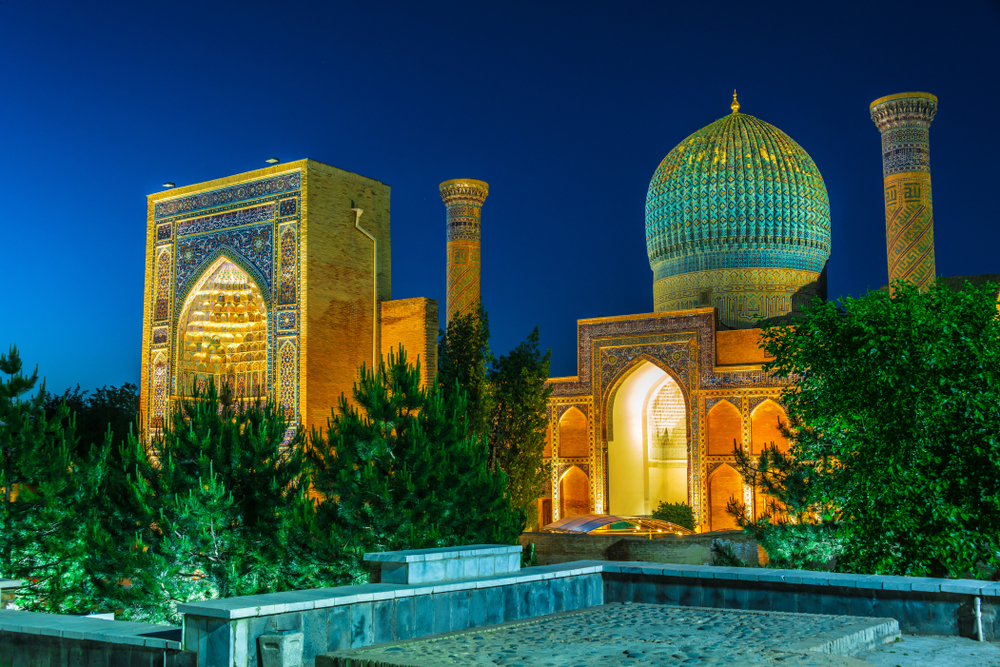
Caravanserai building in the old town of Safranbolu, Turkey
The decline of the Silk Road
When Europeans sailed west in search of new trade routes in the 13th century, demand for Silk Road travel waned. And when the Ottoman Empire boycotted trade with China in 1453 resulting in the closure of large parts of the route, the glory days of the Silk Road were finally over.
Political turmoil in Uzbekistan, the Silk Road’s commercial hub, was also a factor in its decline. Uzbekistan’s commercial power fell in 1405 when the Timurid Empire ended. This resulted in a fractured, impassable region. The Russians restored peace in the 19th century during their rule over Central Asia, which ended after the collapse of the Soviet Union in 1991. Since then, Uzbekistan has been enthusiastic about reclaiming its Silk Road heritage, with many of the ruined buildings from the era having been carefully restored. There has also been a cultural resurgence of Silk Road-era arts – ceramic, tile making and wood carving are once again popular activities.
Whilst Uzbekistan remains a focal point for modern Silk Road explorers, there are many points along the ancient route that are now UNESCO World Heritage sites with lots of opportunities to appreciate this remarkable stretch of history.
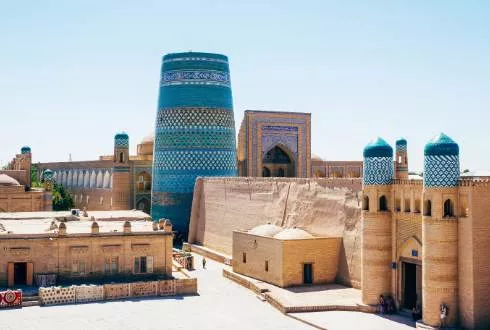
Road to Samarkand
22 days from £5690pp
Fully Inclusive of Tour & Flights
Bishkek - Cholpon Ata - Karakol - Naryn - Chong Kemin - Tashkent - Samarkand - Bukhara - Khiva - Tashkent
